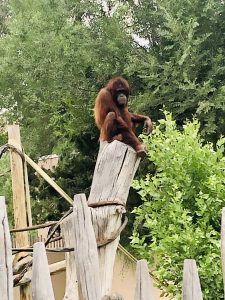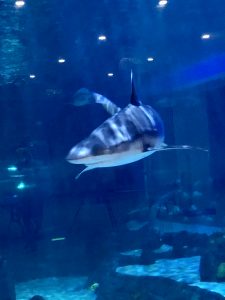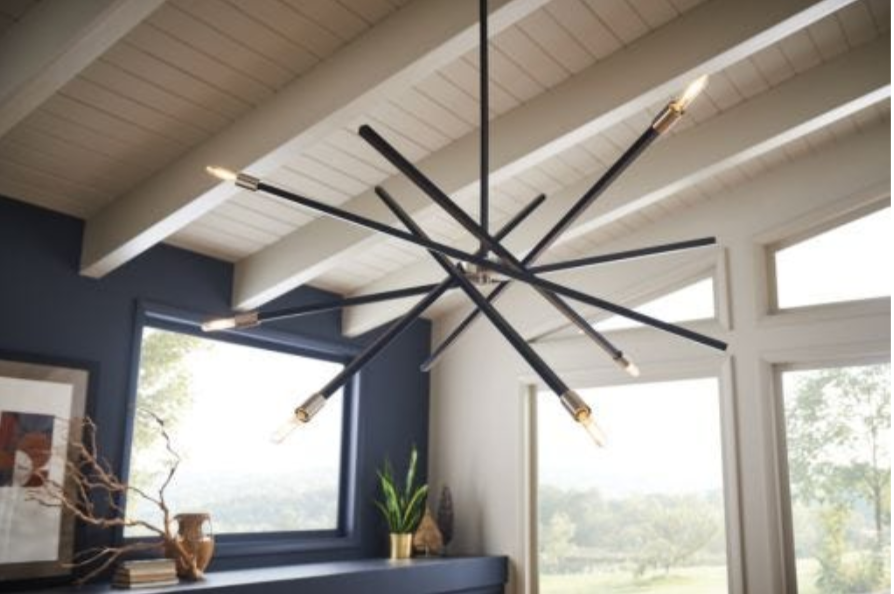Zoo & Aquarium Animals Reacting In Unexpected Ways During Shutdown
Aug 7, 2020, 8:31 PM | Updated: Sep 13, 2020, 12:46 pm
SALT LAKE CITY, Utah – Life has turned upside down for all of us since the pandemic hit the U.S. more than six months ago — and that’s true for many creatures, too.
With zoos and aquariums shutting down for months, animals are reacting in unexpected ways.
“When we were closed, we didn’t have as much activity in here,” said Kate Lyngle-Cowand, curator of exhibit collections at Tracy Aviary.
They can’t watch the news or get on Twitter, but birds appear to be tweeting about all the changes.
When Tracy Aviary shut down, their endangered Bali mynahs, members of the starling family and the only bird species endemic to the Indonesian island, seemed to enjoy the privacy.
“It was really quiet in here,” Lyngle-Cowand said.
In all that calm, something magical: “We have five Bali mynah chicks. It’s just wonderful, so we were just super excited,” she said.
On the other hand – or wing – the Kea, a species of large parrot found in New Zealand, missed us.
“Our guests really entertain them when they walk by,” Lyngle-Cowand said.
Their keepers made extra efforts to fill that void.
“She’s been teaching them to clean up their exhibit,” she said.

Staff at Hogle Zoo got creative while they were shut down because of the pandemic, doing Zumba to entertain the orangutans.
At Utah’s Hogle Zoo, staff got creative, doing their Zumba class in front of the apes.
Visitors find orangutans entertaining. But it turns out the feeling is mutual.
“They went from a full cable spectrum, Netflix, Prime video, all the viewing options, and we cut them back to, you know, four network stations,” said Erica Hansen, manager of community relations at Hogle Zoo.
At the big cats exhibit, shy guy Nicolai, a 400-pound Amur tiger, became more anxious, seemingly wanting to hide during the zoo’s closure.
As guests returned, Kelsey Middleton, a big cat keeper at Hogle Zoo said, “He’s actually been really calm now that we’re back into a good rhythm.”
About 40 days after the Loveland Living Planet Aquarium shut down, something odd happened.
“They were coming closer to the window and more frequently, and looking. And for a second there, I thought, ‘No, there’s no way,” said Brent Anderson, founder and CEO, of the Loveland Living Planet Aquarium.
As they began to reopen, the sharks “kept coming around, changing their pattern to see who was there instead of doing their normal, were oblivious (to us) and just swimming around,” Andersen said.

As people started returning to the aquarium after it was closed because of the pandemic, the sharks changed their swimming patterns, noticing visitors more than usual, staff say.
From the depths of the ocean to high in the trees, for years, the Keel-billed toucans, found in tropical rainforests from Southern Mexico, Venezuela, and Colombia, just weren’t “feelin’ it.”
It’s extremely rare for them to breed in captivity, and as they aged, hopes of a romance dimmed – until a return to the ordinary led to the extraordinary.
“After we reopened is when they mated,” Andersen said.
Twenty-five feet up in a nesting box: “About three weeks later, laid the eggs.”
Fourteen days after that emerged a face only a mother could love: a featherless Keel-billed toucan chick.
“It was exciting, again, because of how rare this is. This was just amazing.”
When it comes to routine, we’re birds of a feather.
“All animals, human beings — everyone does really well when conditions are predictable,” Andersen said.
The chick just left the nest last week.
If you’re interested in donating to the aquarium’s “Feed the Fishes” fundraiser, visit thelivingplanet.com/feed-the-fishes.












